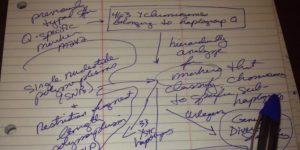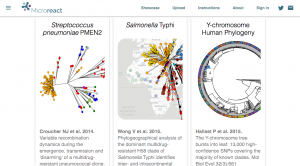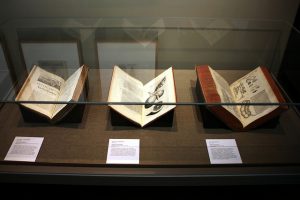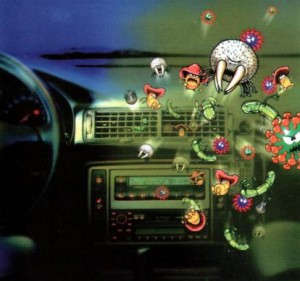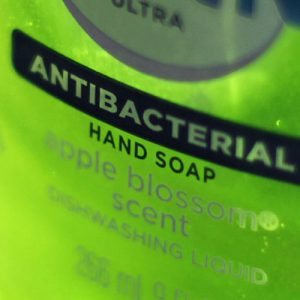From vaccinations to climate change, getting science wrong has very real consequences. But journal articles, a primary way science is communicated in academia, are a different format to newspaper a… Source: How to read and understand a scientific paper: a guide for non-scientists This article, by Jennifer Raff, is definitely worth a read and I …
Happy Mother’s Day! Here are your new papers on microbes of the built environment. Microbes in the house Assessment of Bacterial Communities in Thirteen Species of Laboratory-Cultured Domestic Mites (Acari: Acaridida) – Jan Hubert – Journal of Economic Entomology (WTH $39 for 1 day) House dust mites (HDMs) and stored-product mites (SPMs) of various species …
I just read an interesting article where superbug infections were tracked across Europe. Isolates had their whole genome sequenced and then the resulting visualizations were put online for people to see (you can also upload your own data to the site). Not only is this a really useful tool in terms of observing the spread of superbugs, …
I just got pointed to this letter written by the President of the Alfred P. Sloan Foundation Paul Joskow on “Research Integrity and Reproducibility” and it is definitely worth a read. It is available as part of the Sloan Foundation 2014 Annual report. It starts on pXiii. It is also available via Research Gate. And …
Videos of talks from the recent DOE-JGI User Meeting have been posted. There is also a Storify wrap up of the meeting: [<a href=”//storify.com/doe_jgi/2016-doe-jgi-genomics-of-energy-environment-meetin” target=”_blank”>View the story “2016 DOE JGI Genomics of Energy & Environment Meeting” on Storify]
Many cultural heritage materials, like statues and scriptures, are lost to microbial degradation. For these important relics of the past to continue to stand the test of time, it is important to be able to effectively test and identify microbes that will harm these materials. This 2016 review from SanmartÃn et al aims to evaluate traditional …
Tesla Motors showed off some tests of their amusingly-named “Bioweapon Defense Mode” on their blog earlier this week. While the demo is raising some skeptical eyebrows among actual biodefense experts, you don’t need crazy movie-plot scenarios to imagine the utility of a more serious approach to indoor air quality in vehicles — air quality in …
Ok I saw this Tweet and I thought it sounded cool: Autonomous Sewer Robots Live-Stream Neighborhood Microbiome Data – Nickolaus Hines https://t.co/fr8Xfs8XxQ pic.twitter.com/e5mDTGU44Y – Elisabeth Bik (@MicrobiomDigest) May 5, 2016 And definitely worth looking into in more detail. And, well, after looking I still think it is cool but not quite what the headline suggests. …
This article by Beth Mole is a fairly detailed summary of recent research on the effects of antimicrobial soaps. As we have mentioned before on microBEnet, antimicrobials increase resistance in the environment, wildlife, and people. In addition, the soaps are often not used for long enough to confer a benefit. The article particularly focuses on triclosan and triclocarban, …
(posted on behalf of Paula Olsiewski and the Sloan Foundation) The Alfred P. Sloan Foundation announces a funding opportunity in its Microbiology of the Built Environment (MoBE) program. The Foundation seeks to further the development of talented early stage Ph.D. scientists and engineers through the Microbiology of the Built Environment (MoBE) Postdoctoral Fellowship program. …
